In today’s water-conscious world, faucet performance isn’t just about aesthetics and flow — it’s about efficiency, compliance, and sustainability. For manufacturers, suppliers, and contractors working within the United States market, ensuring that faucets meet the Environmental Protection Agency (EPA) standards isn’t optional; it’s a business necessity. Whether you’re distributing residential fixtures or commercial-grade products, verifying EPA compliance helps build trust, avoid penalties, and align your brand with environmental responsibility.
Understanding EPA Faucet Standards
The U.S. Environmental Protection Agency (EPA) established the WaterSense® program to promote water efficiency across plumbing fixtures and appliances. Under this initiative, faucets and accessories are evaluated for water performance, efficiency, and quality assurance. Faucets that meet these criteria earn the WaterSense label, indicating that they reduce water consumption without sacrificing performance.
According to EPA guidelines, a faucet must meet the following core requirements to qualify for WaterSense certification:
- Flow Rate: The maximum allowable flow rate is 1.5 gallons per minute (GPM) at 60 psi — at least 20% lower than the federal standard of 2.2 GPM.
- Performance: Faucets must deliver adequate spray force, coverage, and usability even at reduced flow rates.
- Material Safety: Components must meet standards for durability, corrosion resistance, and safety (often cross-referenced with NSF/ANSI certifications).
- Third-Party Certification: All claims must be verified by an independent, EPA-approved certification body.
These standards ensure that water-saving faucets do not compromise on functionality — a key concern for builders and consumers alike. For distributors and OEM manufacturers, aligning products with these EPA benchmarks not only enhances market competitiveness but also simplifies regulatory approval for both domestic and export markets.
Why EPA Compliance Matters for B2B Businesses
EPA compliance is far more than a technical requirement; it’s a mark of reliability and professionalism. Here’s why it’s crucial for businesses in the faucet industry:
- Market Eligibility: Many U.S. states and federal projects mandate WaterSense-labeled products for public or commercial installations.
- Consumer and Builder Confidence: Distributors and contractors prefer brands that guarantee verified water efficiency and performance consistency.
- Competitive Advantage: Certified faucets are often featured in green building projects and sustainability-focused procurement programs.
- Reduced Liability: Using non-compliant products can lead to costly recalls or regulatory action.
- Global Recognition: The WaterSense mark is internationally respected and aligns with similar water efficiency programs worldwide.
In short, an EPA-certified faucet doesn’t just save water — it saves your reputation in the competitive plumbing market.
Step-by-Step: How to Check If Your Faucet Meets EPA Standards
Whether you’re a supplier verifying product compliance or a contractor sourcing fixtures for a project, here’s a systematic way to check your faucet’s EPA compliance status.
1. Look for the WaterSense Label
The simplest and most reliable sign of EPA compliance is the WaterSense label on packaging or product documentation. The label indicates that the faucet has undergone rigorous third-party testing and meets EPA performance and efficiency requirements.
However, counterfeit or misleading claims can occur in unverified imports. Therefore, always cross-check the product against the official EPA database (explained in the next step).
2. Verify the Product on the EPA WaterSense Database
It maintains an online directory of all certified WaterSense products. You can access it through the WaterSense Product Search Tool. Simply enter the manufacturer name, model number, or brand to confirm its certification status.
This database lists key details such as certification date, test laboratory, and model variations — allowing you to verify legitimacy before procurement or resale.
3. Check Manufacturer Documentation
EPA-compliant manufacturers are required to maintain and provide documentation that supports WaterSense certification. This typically includes:
- Third-party test reports from EPA-recognized laboratories
- Compliance certificates (usually issued by IAPMO, CSA, or ICC-ES)
- Product specification sheets listing flow rate and pressure data
For distributors or builders purchasing in bulk, requesting these documents ensures that every model in your order meets regulatory standards and avoids compliance issues later on.
4. Measure Actual Flow Rate
If documentation is unavailable or questionable, you can perform a simple flow rate test to check if the faucet aligns with EPA limits:
- Turn on the faucet fully for exactly 10 seconds.
- Collect the water in a measuring container.
- Multiply the collected volume (in liters or ounces) by six to determine gallons per minute (GPM).
If the flow exceeds 1.5 GPM, the faucet likely doesn’t meet WaterSense standards — though a slightly higher reading could also indicate internal wear or pressure irregularities.
5. Evaluate Supporting Features
EPA-certified faucets often include design elements that enhance water efficiency and user experience, such as:
- Pressure-compensating aerators for consistent flow
- Ceramic disc cartridges that prevent leaks
- Durable brass or stainless-steel bodies with anti-corrosion coatings
These features not only contribute to WaterSense compliance but also extend product life, a key selling point for commercial installations and long-term contracts.
What to Do If Your Faucet Isn’t EPA Compliant
If your current faucet model doesn’t meet the standards, there are several strategic options to consider:
- Upgrade Components: Replace aerators or cartridges to reduce flow rates and improve efficiency.
- Partner with Certified Manufacturers: Source OEM faucets that are already WaterSense-approved to avoid costly re-testing.
- Submit for Certification: Manufacturers can apply for WaterSense certification by working with an EPA-approved certifying body and submitting performance data for testing.
- Educate End-Users: Train distributors and installers to identify and promote compliant products — enhancing your brand’s professional image.
Final Thoughts
In the faucet industry, compliance isn’t just a regulatory checkbox — it’s a business advantage. Faucets that meet the standards demonstrate superior engineering, efficient performance, and environmental responsibility. For B2B players, these qualities translate directly into better sales, stronger partnerships, and higher customer trust.
As global demand for sustainable building materials continues to rise, WaterSense-certified faucets are quickly becoming the new industry baseline. Whether you manufacture, distribute, or specify plumbing fixtures, verifying EPA compliance is one of the simplest and most powerful steps you can take to secure your place in a greener, smarter future.
 WOWOW Faucets
WOWOW Faucets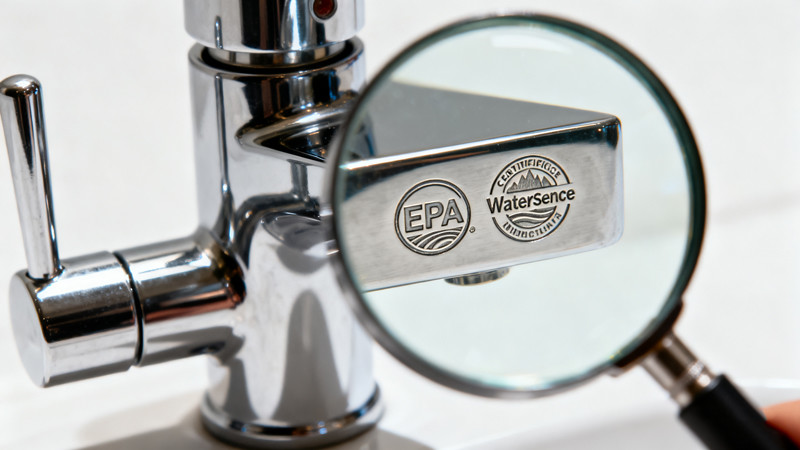

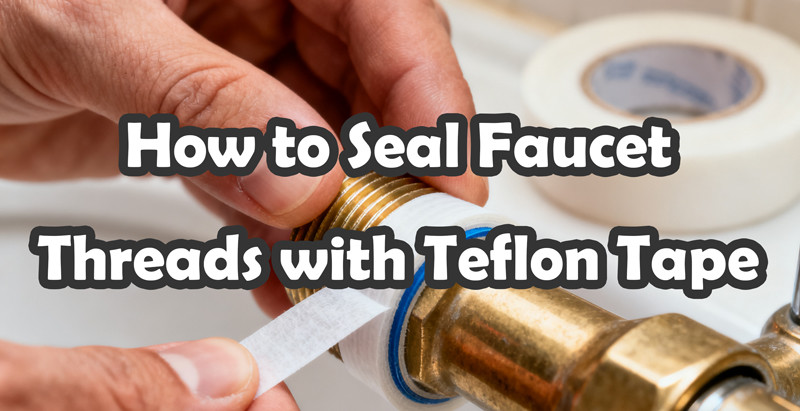
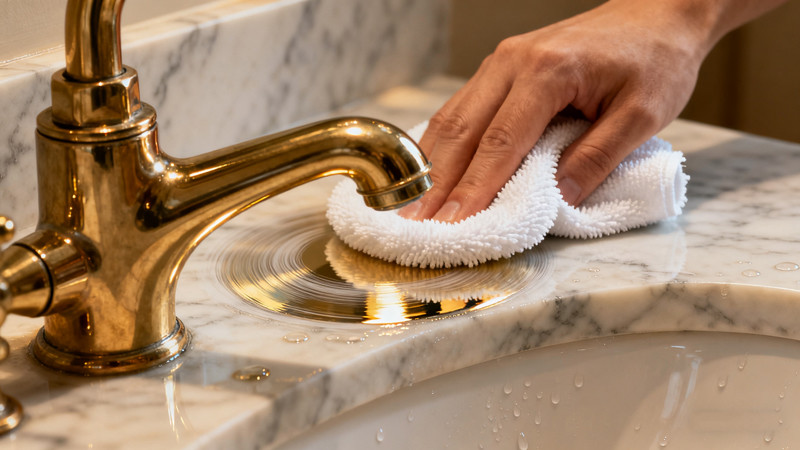
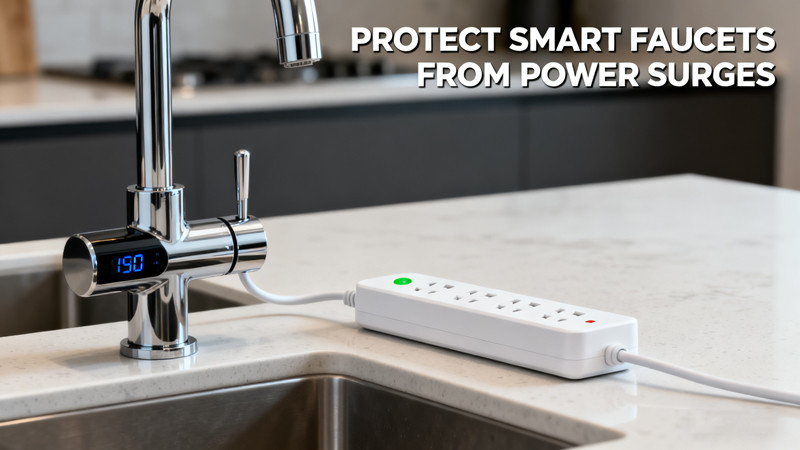
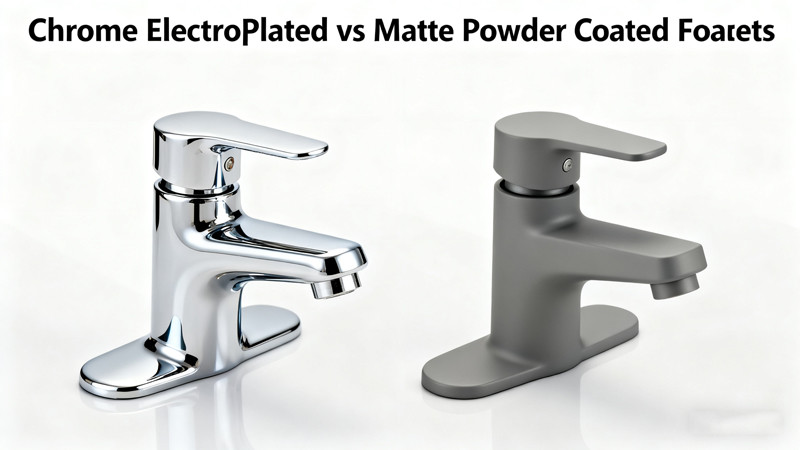
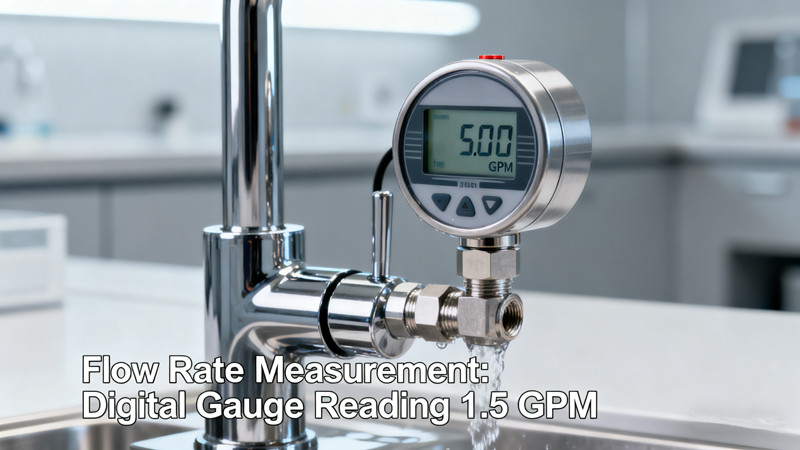

您好!Please sign in